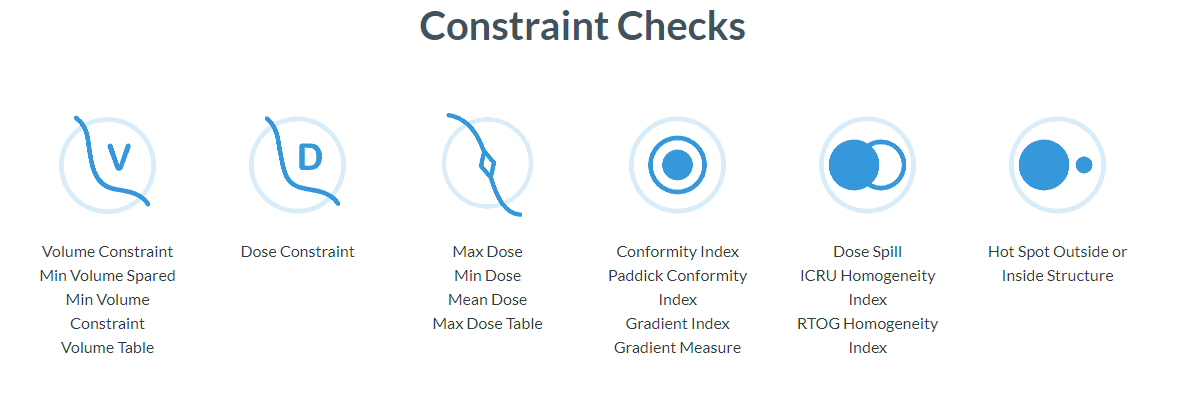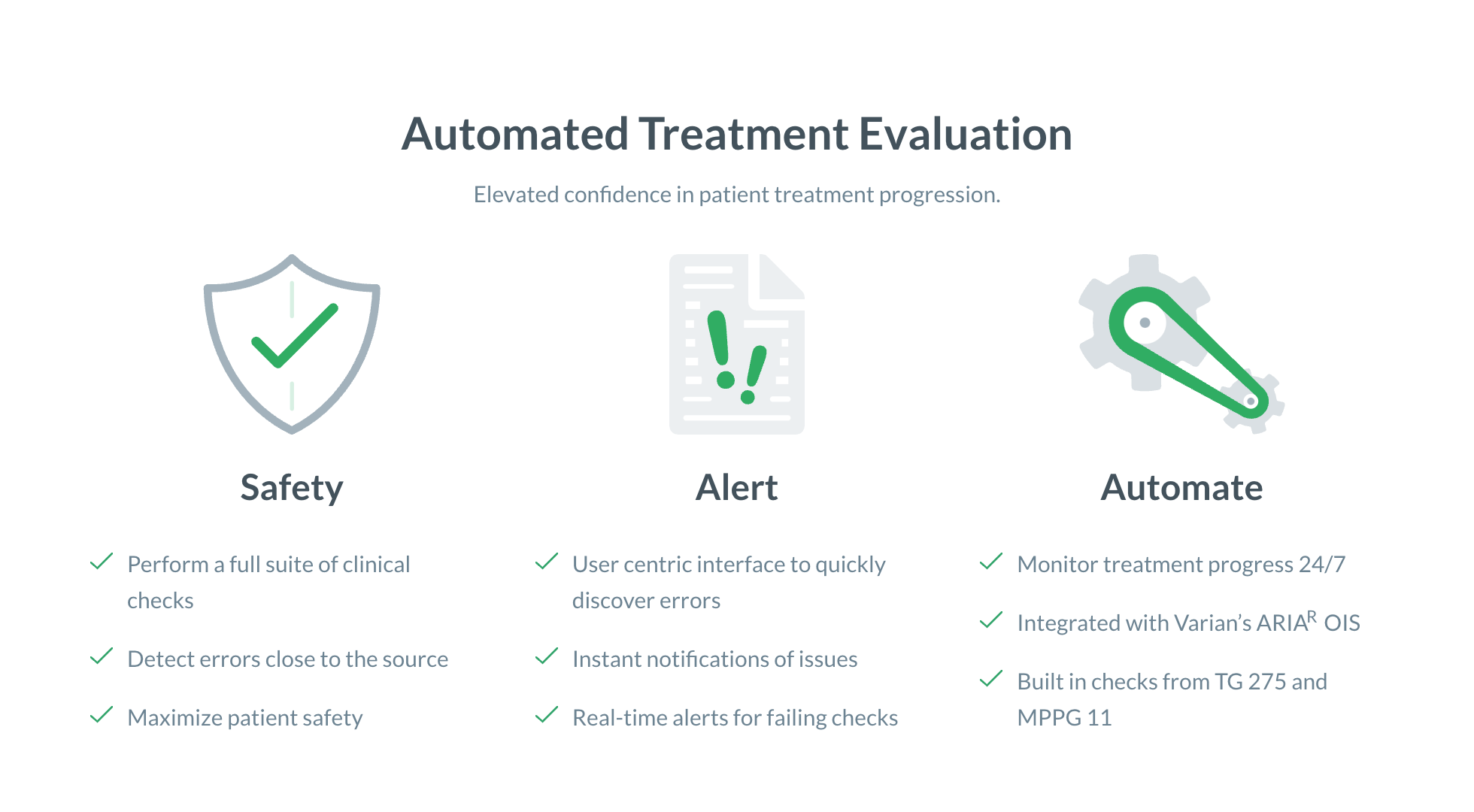TG-275 Summary and Q&A
Recently published TG-275 offers guidance for physics plan review. Plus, Q&A with task group chair Eric Ford.
The publication of MPPG 11.a expanded on the findings of TG-275 with guidelines clinics should implement.
The review of patient charts and radiation therapy treatment plans is a crucial step of the treatment process in preventing errors that can be easily missed. In 2020, AAPM Task Group 275 published a methodical analysis of potential errors in the physics plan and chart review process using failure mode and effects analysis (FMEA) as described by TG-100. The result was an extremely thorough investigation into physics plan and chart review, which highlights where the review process falls short and reveals failure modes that pose the highest clinical risk. For more information on TG-275, check out our blog post on the topic, which features an insightful Q&A with task group chair, Eric Ford.
Fast forward one year: the publication of Medical Physics Practice Guideline (MPPG) 11.a expanded on the findings of TG-275 with minimum guidelines clinics should implement.
The charges of MPPG 11.a were to:
The report can really act as a grocery list of what clinics NEED to include in their regular physics plan/chart review, providing examples of checklists for various procedures and checks that the group found to be essential. Fundamentally, MPPG 11.a provides a review of TG-275 recommendations and offers a framework from which clinics can build a standardized plan check process. The guideline provides detailed information regarding brachytherapy as well. Uniquely, MPPG 11.a defines responsibilities for all clinical staff, not just physicists.
The scope of the report includes:
“In a recent publication, 33% of errors reported to the Radiation Oncology Incident Learning System (RO-ILS) were made during the processes of treatment planning and pre-treatment review/verification. Mitigating these hazards is best accomplished by catching errors as far upstream as possible and using multiple levels of plan/check review.”
– MPPG 11.a
Like the task group report, MPPG 11.a also includes considerations for computer-aided plan/check and automation. TG-275 called on vendors to develop automation and workflow tools to assist with these checks, and to do so in a way that presents information in a user-friendly manner. MPPG 11.a defines the role of these programs in assisting medical physicists in plan/chart review and their potential to standardize plan report components.
Radformation has the tools to facilitate the adoption and implementation of TG-275 and MPPG 11.a and is capable of automating and standardizing plan/chart review before and during treatment.
ClearCheck is an automated plan check and documentation software that ensures the highest quality for treatment plans and helps clinics save time. ClearCheck is capable of assisting with a growing number of TG/MPPG recommendations via comprehensive plan review, which includes dozens of plan parameter checks, structure checks, treatment preparation checks, collision avoidance, and more. Customizable reporting makes final documentation simple and easy.


ChartCheck actively monitors ongoing patient treatment data in real-time to ensure treatment accuracy and integrity. With automatic notifications for failing checks, plan errors can be resolved immediately, resulting in higher quality patient care and significant time savings.


Austin interns with Radformation as a medical physics MS student at Hofstra University, and graduated in May 2022. His focuses at Radformation included marketing, blogging, and working on case studies. His interests include cooking and reading, as well as the occasional round of golf.
Related tags: RadOnc News
Recently published TG-275 offers guidance for physics plan review. Plus, Q&A with task group chair Eric Ford.
A look at the Task Group 315 report draft and ClearCheck EBRT Reporting in comparison.
Radformation’s ChartCheck software automates weekly physics review and simplifies TG-275 implementation.
Leave a comment